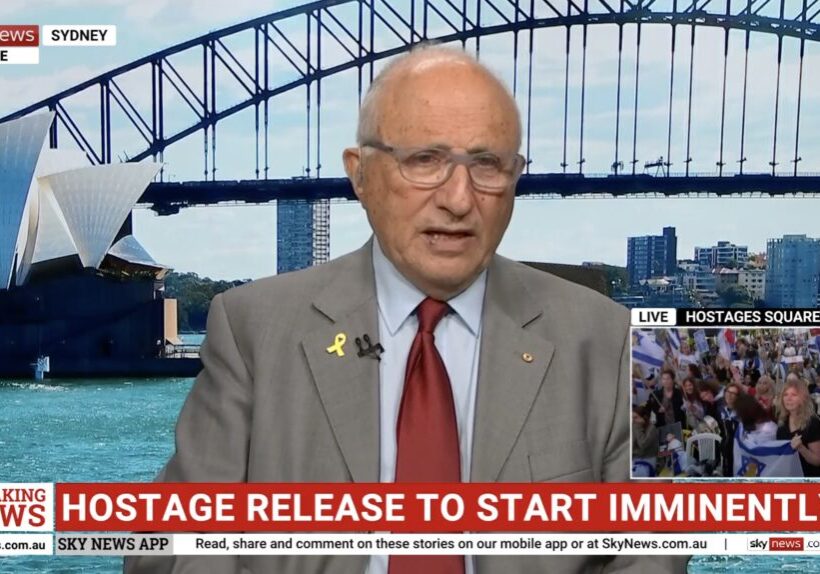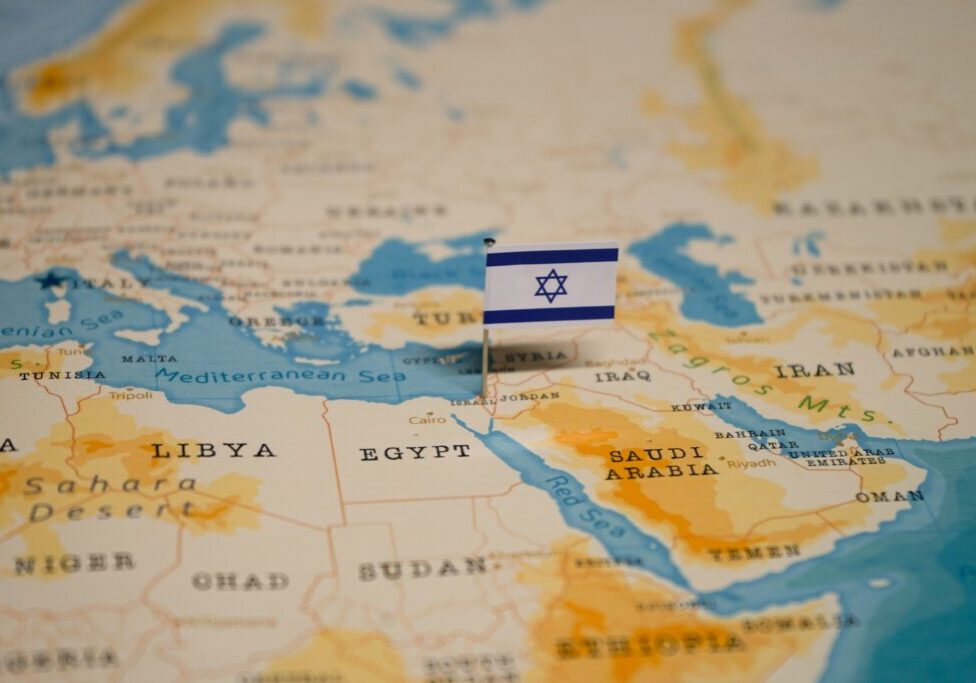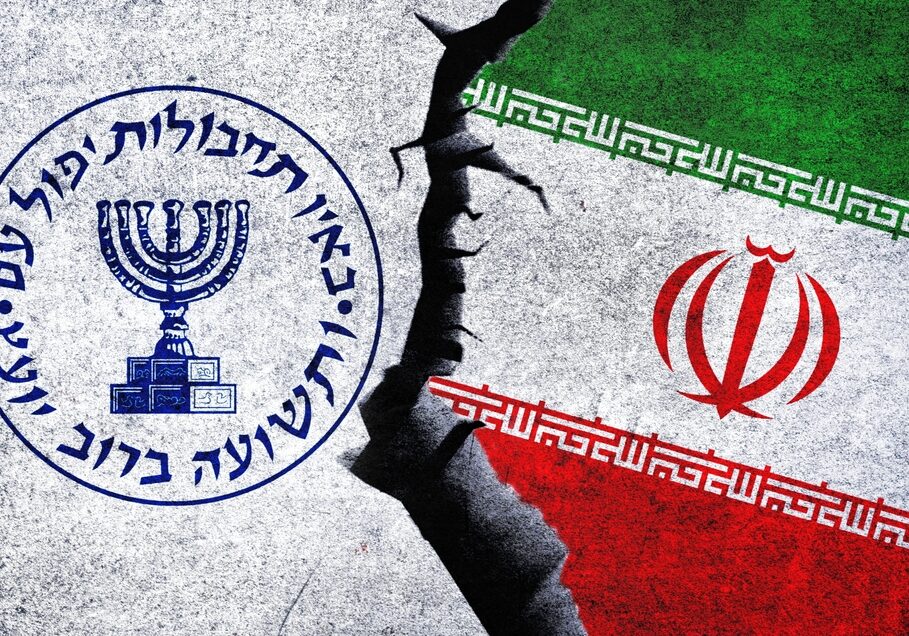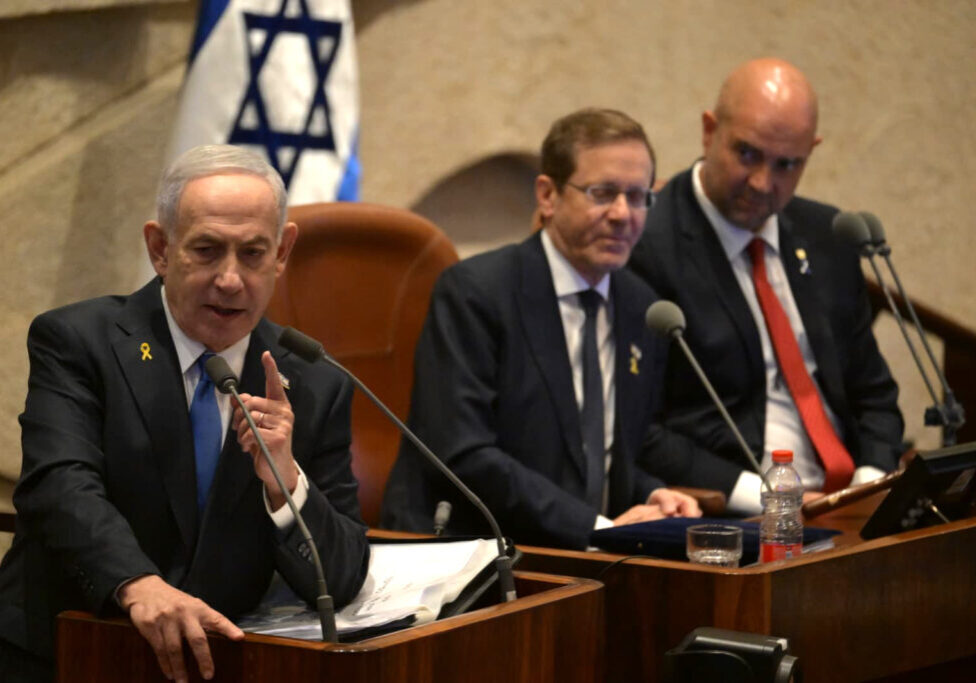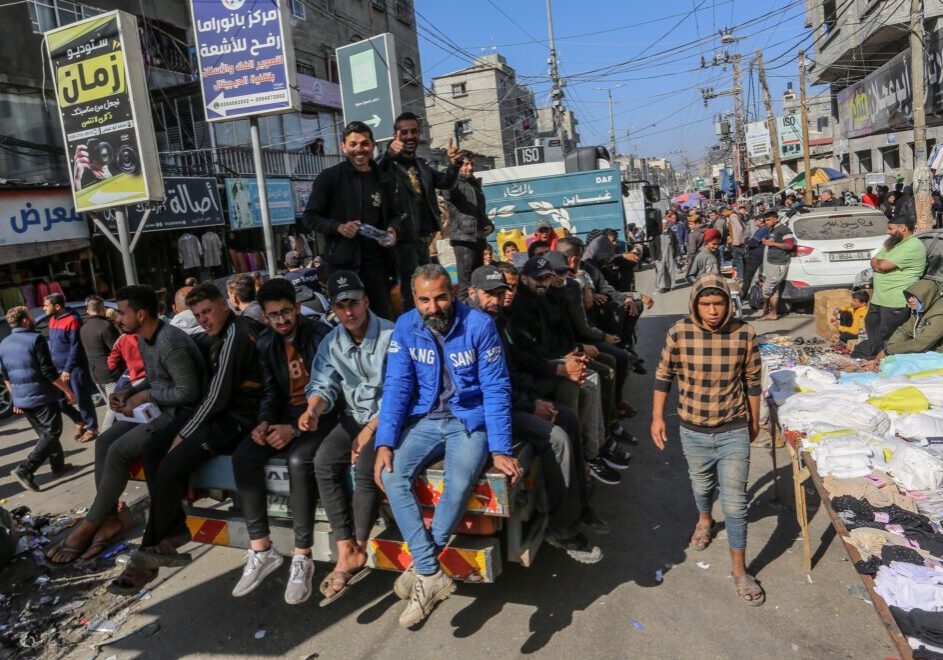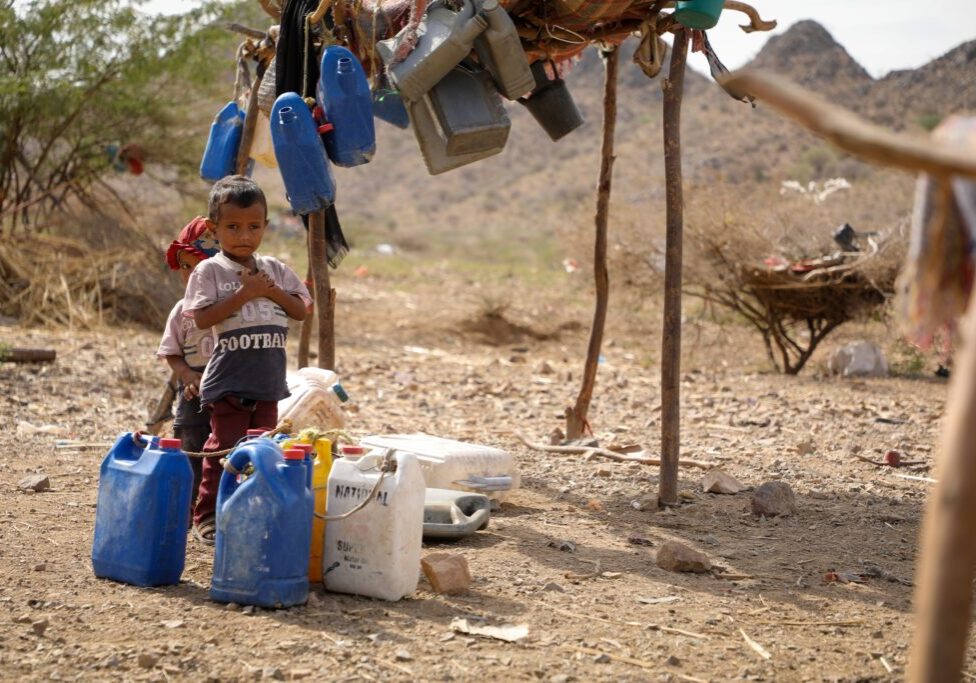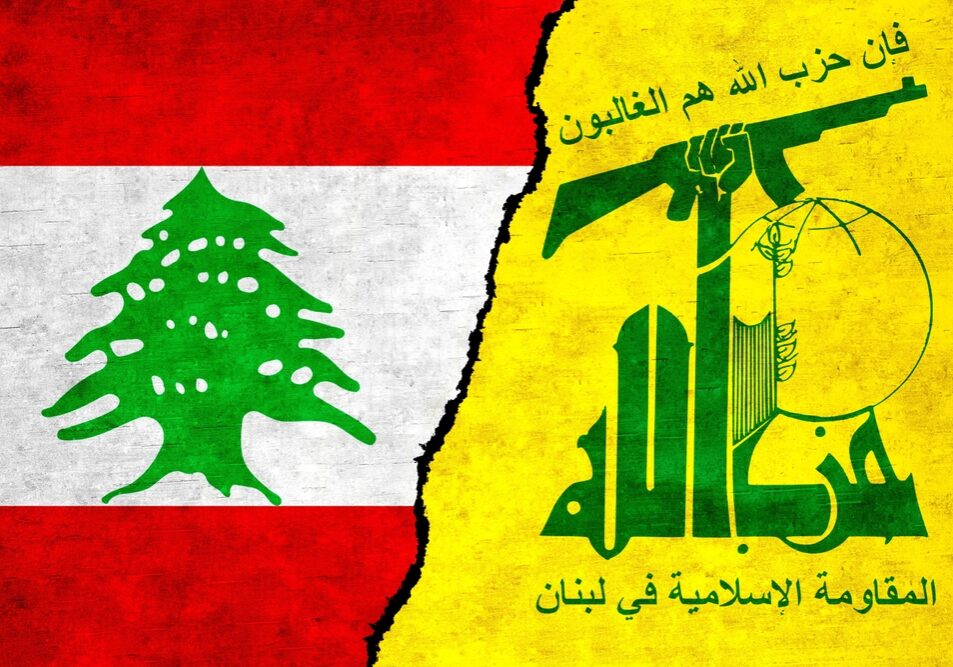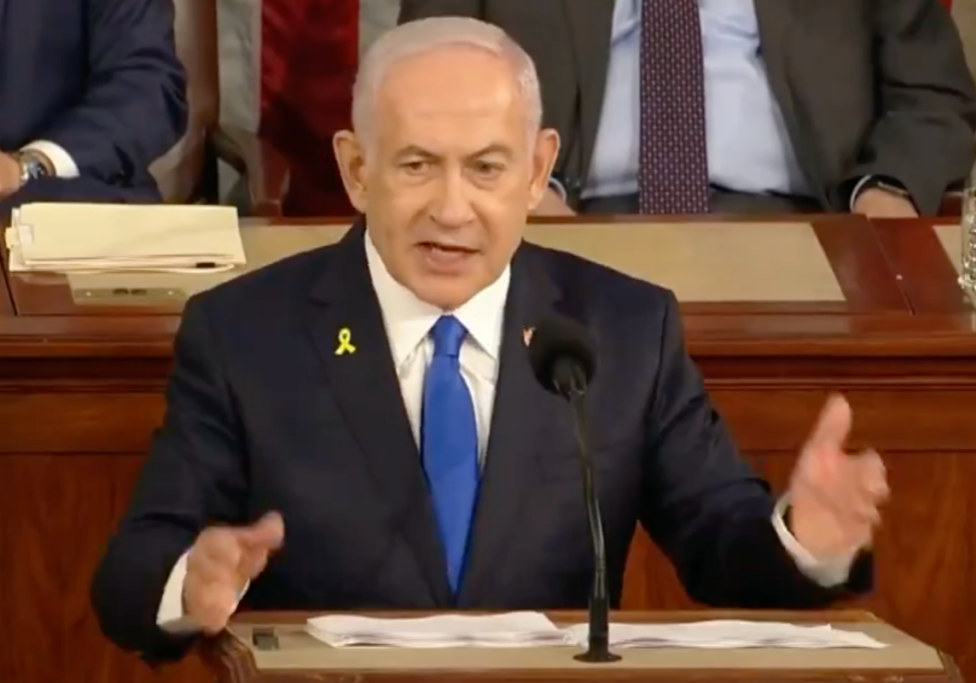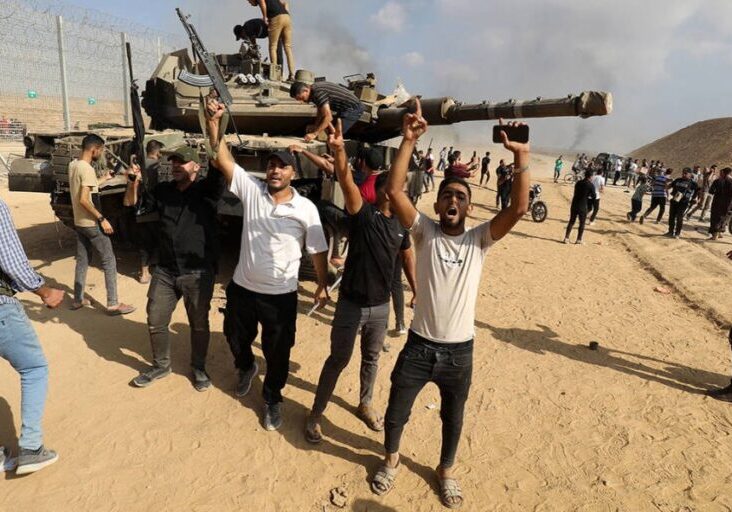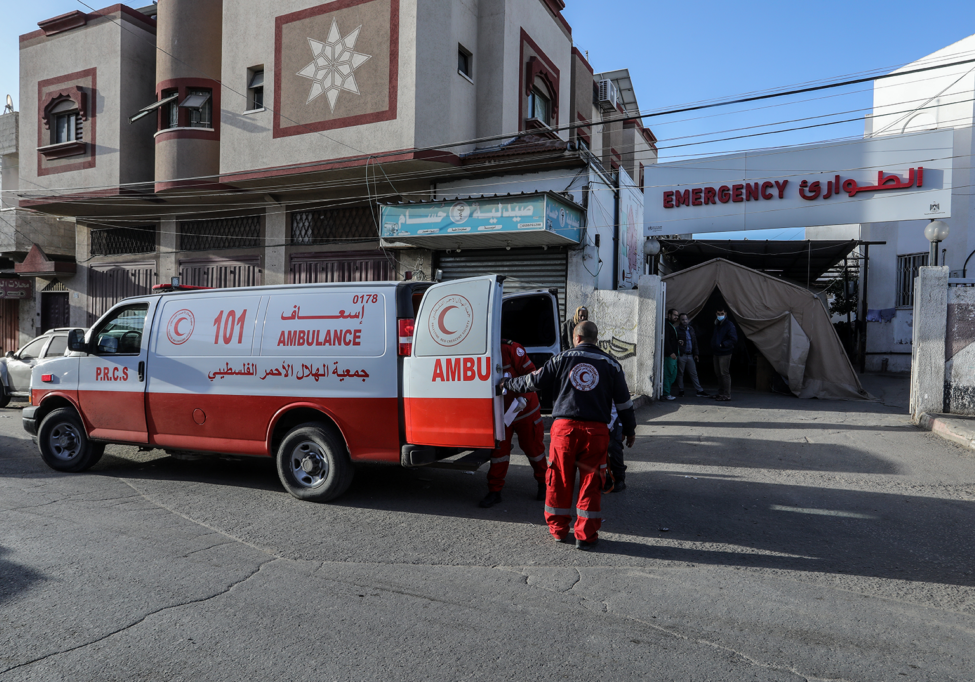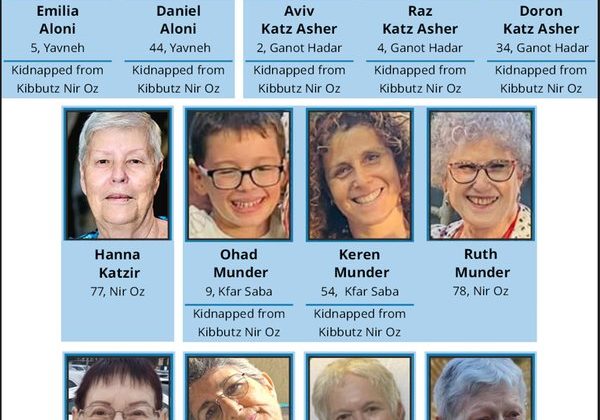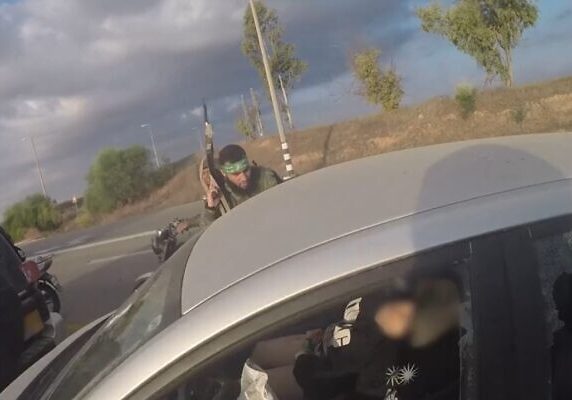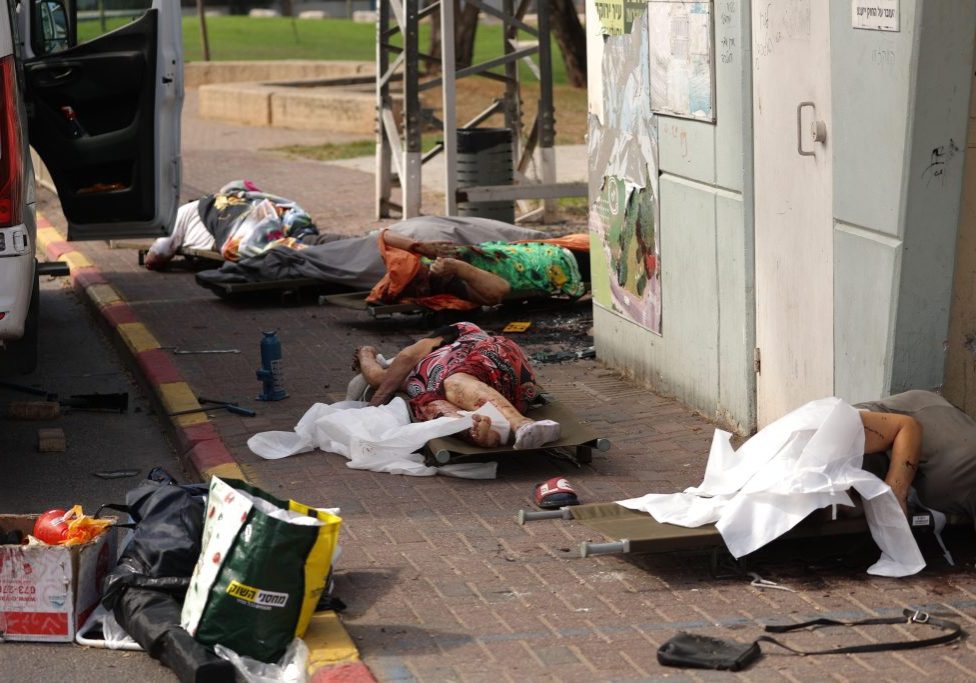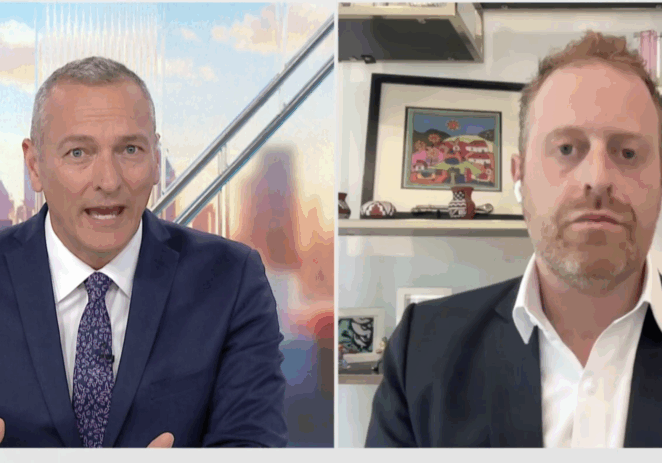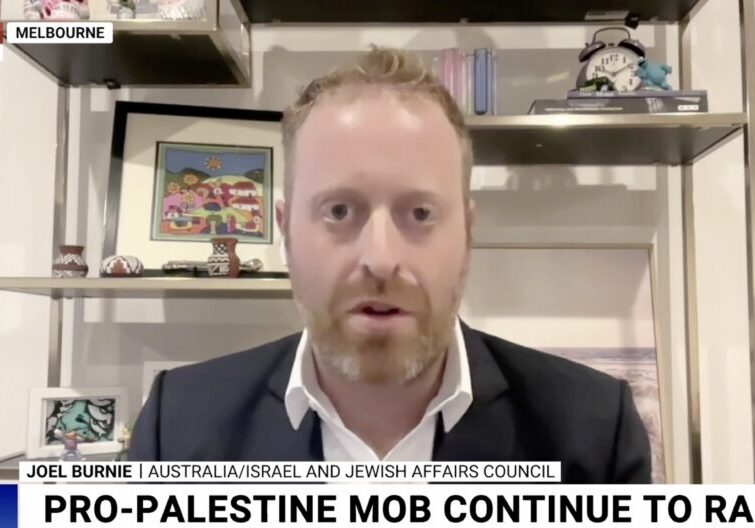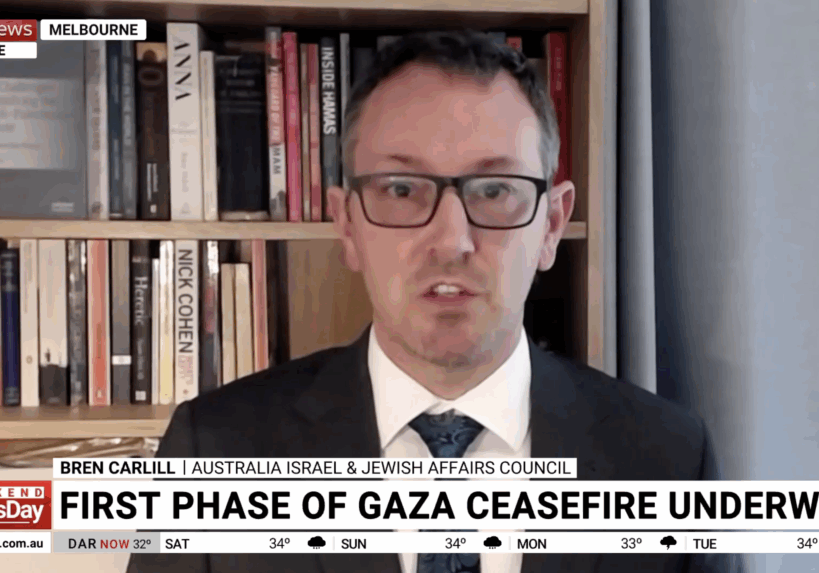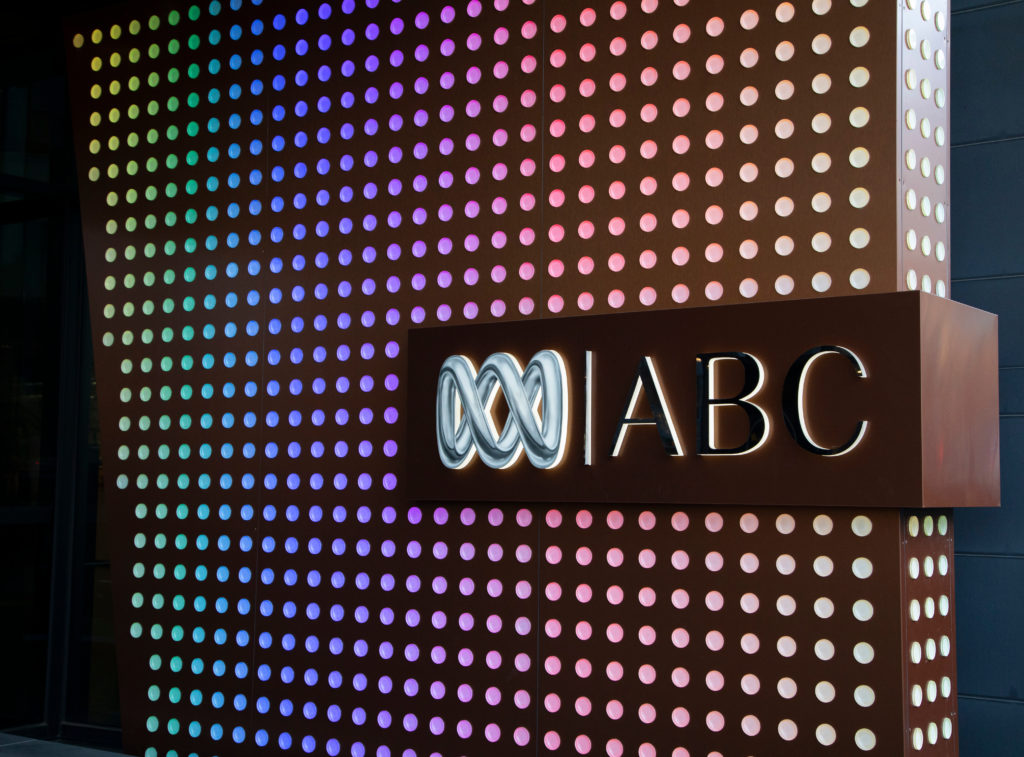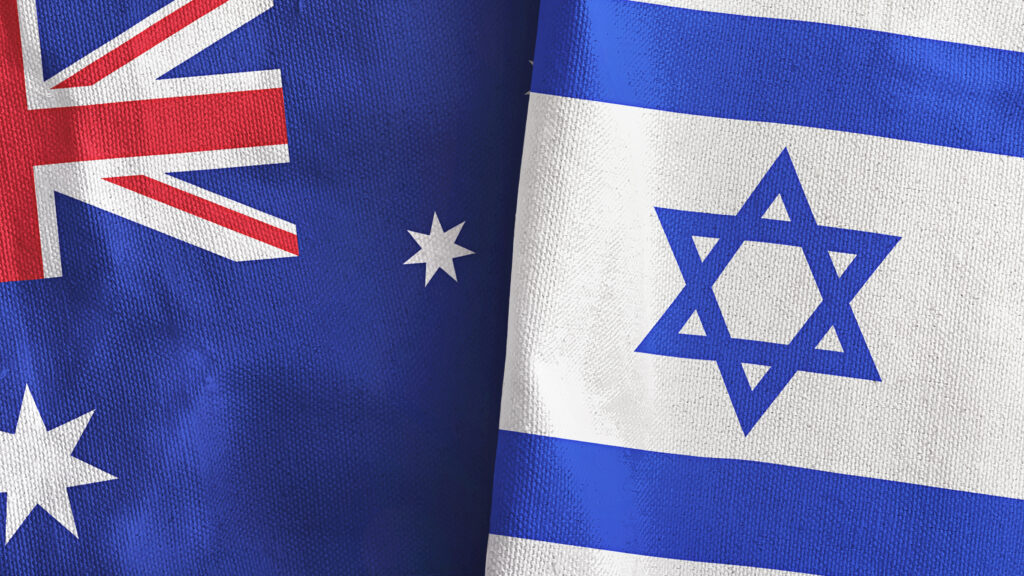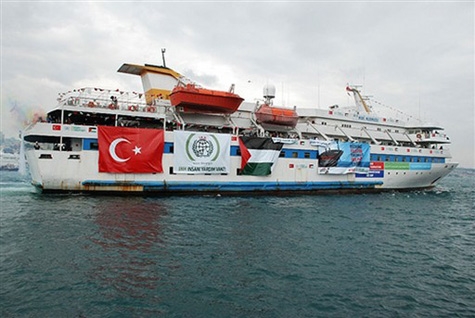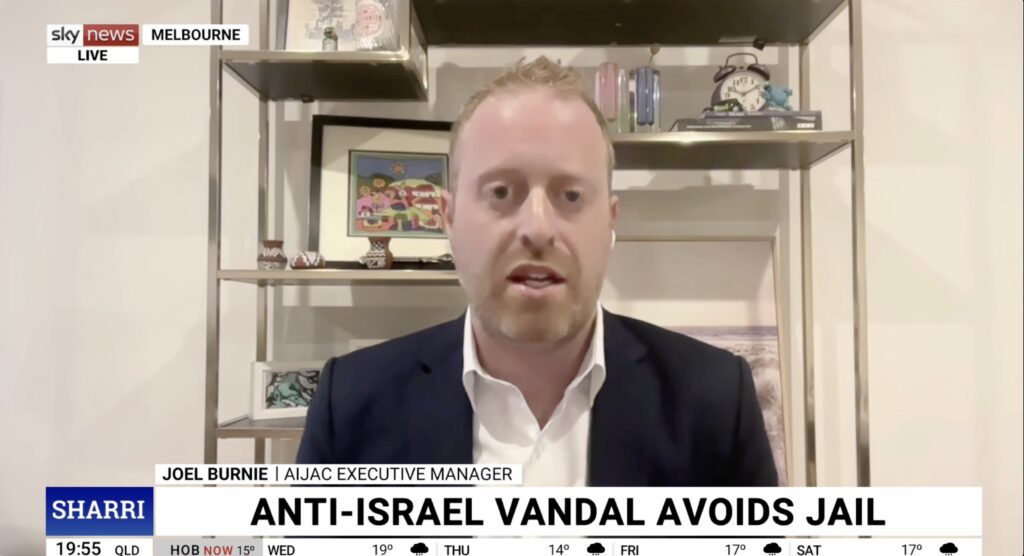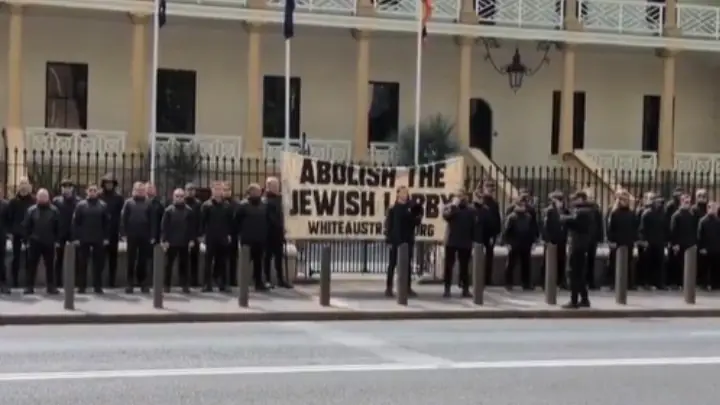FRESH AIR
Russia is astutely playing the players in Yemen
April 29, 2021 | Oved Lobel
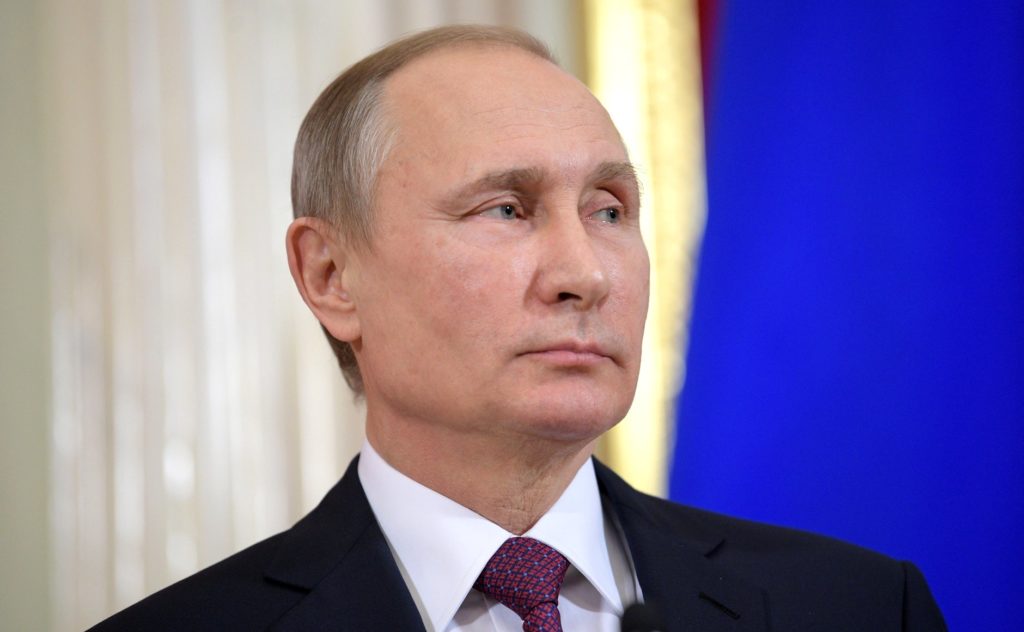
Originally published in The Strategist (ASPI) – 29 April 2021
Since February, US President Joe Biden’s administration has clearly communicated its approach to the war in Yemen, and its policies exhibit almost complete continuity with its predecessor in practice despite some rhetorical differences regarding Iran. This approach can be boiled down to prioritising narrow counterterrorism missions and humanitarian aid while pursuing multilateral, United Nations-led diplomacy to achieve a ceasefire and political settlement because ‘there is no military solution’.
If this playbook seems familiar, that’s because it’s identical to the approaches taken by the last two American administrations to Syria, where Russia firmly established itself as kingmaker in partnership with US allies and adversaries—a result unfortunately facilitated by the US itself.
The inevitable outcome of the Biden administration’s policy on Yemen, with its overarching goal of ending the Saudi intervention, will again see Russia assume the role of supreme arbiter, as it has in several conflicts and crises across the region.
One of the keys to Russia’s success in this regard is its ability to maintain friendly contact with every state and non-state actor involved in a particular conflict, while still somehow retaining an aura of pragmatic neutrality and reliability, a phenomenon documented by Samuel Ramani in May 2019 in Yemen.
The first thing the Houthis did after their coup d’etat in 2015 was to reach out to Moscow. They reiterated their call for Russian diplomatic intervention in 2018. As a core component of Iran’s ‘axis of resistance’, Houthi outreach must be viewed as flowing from the broader Russo-Iranian alliance that has been visible from Venezuela to Afghanistan, as Moscow and Tehran work hand in glove to undermine US influence globally while shoring up allied regimes. This alliance has also contributed to Russia becoming a key player in Lebanese politics and among Palestinian groups.
But Russia has also established a strategic partnership with one of Iran’s putative adversaries, the United Arab Emirates, and has been steadily deepening its relations with Saudi Arabia as well. Both countries, like Iran, also wished to pull Russia into Yemen. Even former Yemeni president Ali Abdullah Saleh reached out to Russia, offering basing rights in the country.
By 2016, Russia had established itself as the primary mediator between Saleh and Saudi Arabia, including acting as an intermediary for the Saudi-backed Yemeni government of Abdrabbuh Mansur Hadi. When the UAE-backed Southern Transitional Council (STC), a Yemeni separatist movement, began battling Hadi’s government in an internecine war that split the Saudi-led coalition against the Houthis, Russia again attempted to plant itself between the two.
It was the UAE that qualitatively deepened Russian involvement in Yemen, despite having technically withdrawn from the country. In late August 2019, it began facilitating meetings between the STC and Putin’s special envoy for the Middle East and Africa, Mikhail Bogdanov. On the same day, the Russians met with the Houthis and even Saleh’s son, all the while maintaining contact with Hadi’s representatives.
One of Yemen’s wealthiest and most powerful players, Ahmed al-Essi, went to Russia last year for talks with Bogdanov and other officials on expanding Moscow’s support to his own faction, the Southern National Coalition. He lauded Russia’s positions and juxtaposed them with those of the US and UK.
Russian Foreign Minister Sergey Lavrov recently returned from a regional tour to the UAE, Saudi Arabia and Qatar to shore up Russia’s role as the Middle East’s conflict manager.
As the Houthis press on with an offensive against Marib, the last stronghold of the Saudi-backed Hadi government, the STC is agitating for a referendum on independence. STC president Aidarus al-Zoubaidi recently stated that a Houthi victory could lead to a situation where the STC is largely in control of the south and the Houthis control most of the north. In that case, it would make sense to have direct talks between the parties that are in control, he said.
The peace agreement between the STC and Hadi seems to be breaking down, so the next few months could very well see Hadi, and thus Saudi Arabia, disappear as a relevant force in Yemen, rendering the entire US approach to the conflict moot. Russia, as a close partner of both the UAE and Iran and their respective proxies, will be left in a far stronger position to mediate the division of Yemen.
Compared with Saudi Arabia, which is reportedly holding its own high-level talks with Iran over Yemen, the UAE is far less hostile towards Iran. It is Iran’s second-largest trading partner and a hub for Iranian sanctions-busting, which will make Russia’s diplomatic manoeuvres far simpler. The likely result will be a situation akin to the Kurdish entity in northern Syria and its uneasy coexistence with the Bashar al-Assad regime.
Adding to the ease of Russia’s job are Iran’s own long-standing links with the STC’s precursor, al-Hirak, including its leader, Ali Salem al-Beidh, who lives in Hezbollah-controlled Beirut and was accused in 2013 by former US ambassador to Yemen Gerald Feierstein of receiving financial support from Iran. Iran also retains relationships with Yemen-based al-Hirak activists, including some it has hosted in Tehran. Finally, Iran likely has influence over Ali Nasser Mohammed, who currently resides in Iran-aligned Damascus, and, like al-Beidh, is a former leader of the erstwhile People’s Democratic Republic of Yemen.
Given Moscow’s close alliance with Iran, it would be extremely destabilising for Russia to establish itself at such a strategic chokepoint as the Bab el-Mandeb Strait. America’s rhetorical hostility towards Saudi Arabia and its repudiation of military support for Saudi operations have stripped it of any leverage it may have had in negotiations—and Saudi Arabia might be knocked out of the conflict anyway by the Houthis and STC.
Russia, on the other hand, having established equally friendly relations with all sides including Saudi Arabia, while pressuring none towards a specific outcome, is well placed to peel off US allies one by one and co-opt the entire diplomatic process yet again.
RELATED ARTICLES
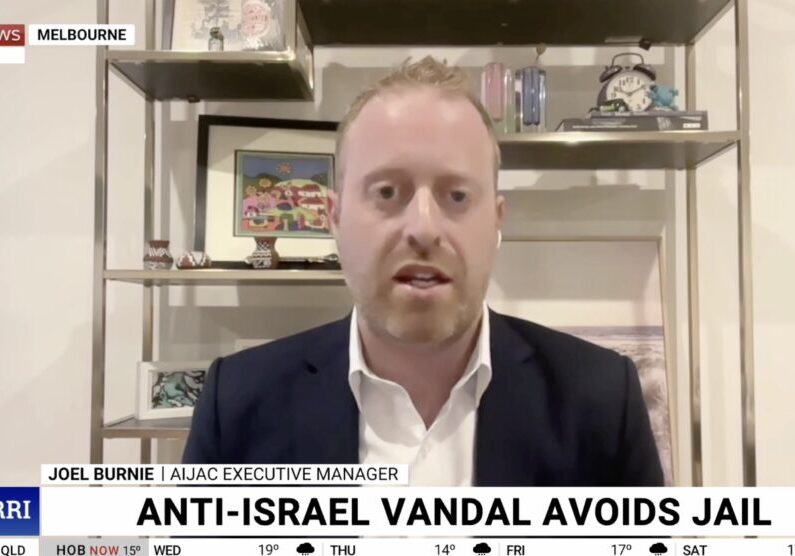
Sentencing for antisemitic vandalism “manifestly inadequate”: Joel Burnie on Sky News
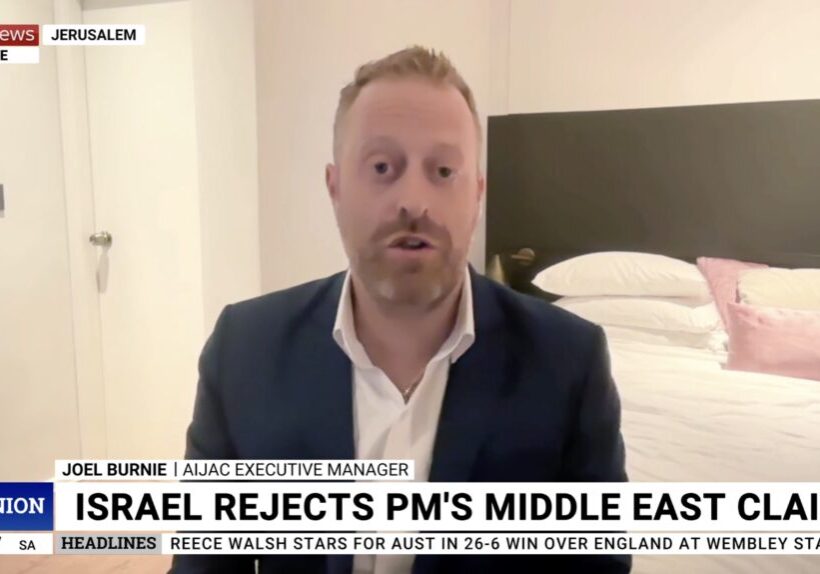
“Bittersweet” aftermath of hostage release deal: Joel Burnie on Sky News
